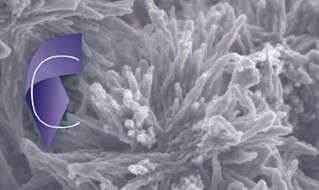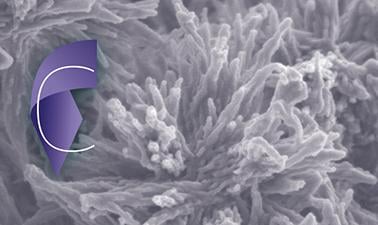Cement Chemistry and Sustainable Cementitious Materials
Learn the basics of cement chemistry and laboratory best practices for assessment of its key properties.
What you will learn
- Understanding of the hydration of cement
- The science and utility behind Supplementary Cementitious Materials in concrete technology
- Best practices (via tutorials) for testing samples through X-Rays diffractometry, Scanning Electronic Microscopy and Isothermal calorimetry
Program Overview
Every day, we see concrete used all around us ? to build our houses, offices, schools, bridges, and infrastructure. But few people actually understand what gives concrete its strength, resistance, and utility.
The aim of this course is to offer basic cement chemistry to practitioners, as well as new students in the fields of chemistry and engineering.
You will learn how cement is made and hydrated, as well as the environmental and economical benefits it offers. You?ll learn to test your samples in isocalorimetry in order to track the hydration and to prepare and observe samples by scanning electron microscopy. In the last two weeks of the course, you will also learn how X-ray diffraction works and how to apply it to cements.
Because the course is designed for beginning students, it?s not necessary to have a cement background, however a bachelor degree in Materials Science or knowledge in chemistry, physics and crystallography will help. This course starts with basics of cement, and progressively covers the latest advances in the understanding of cement hydration. This course lasts 6 weeks, during which you can take theoretical courses and tutorials to test the cement in the laboratory.
User Reviews
Be the first to review “Cement Chemistry and Sustainable Cementitious Materials”
You must be logged in to post a review.







There are no reviews yet.